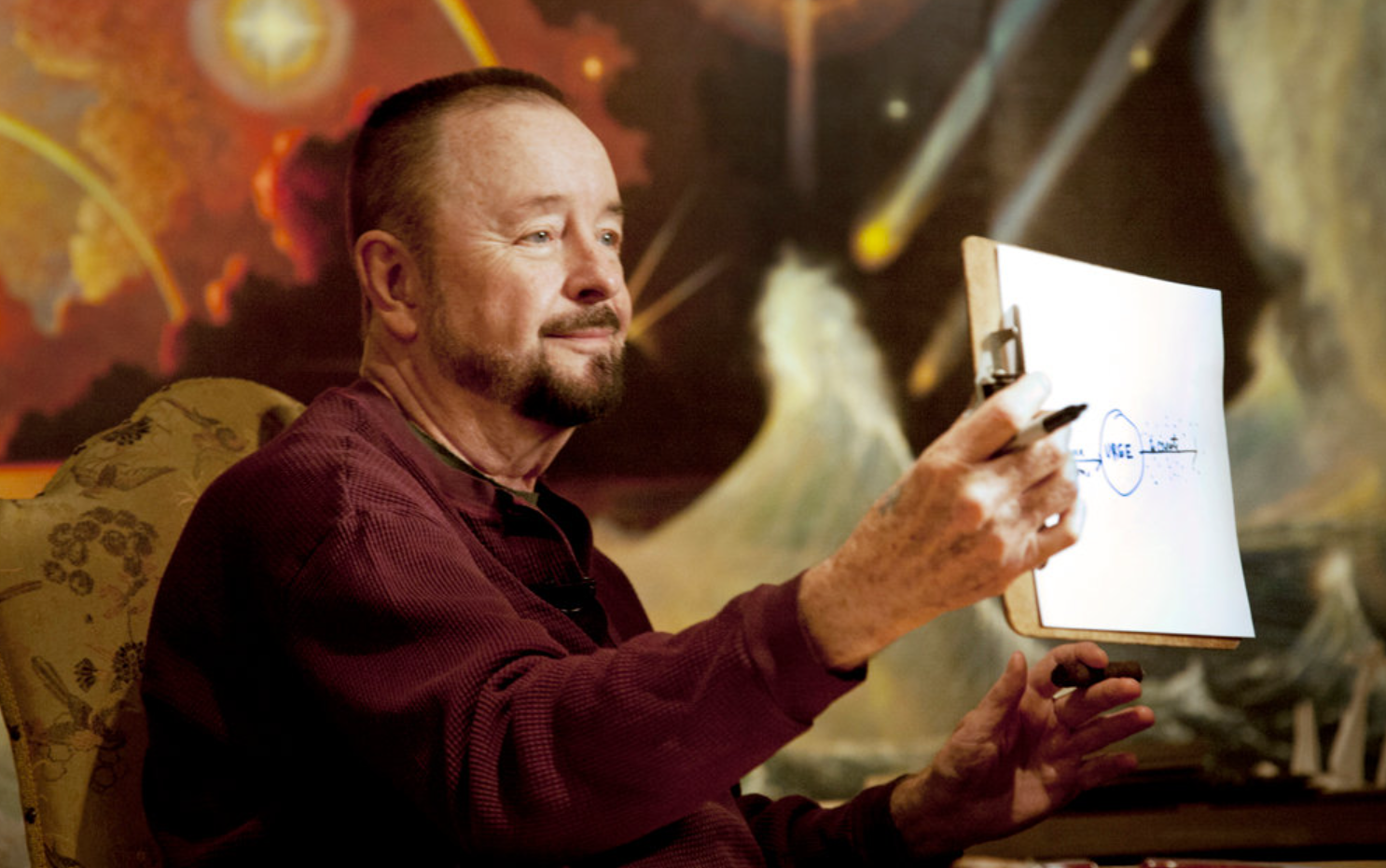
Ingo Swann is one of many famous psychics. He is an artist, and he was the one that came up with the term “remote viewing.” He also writes books.
Swann is most known for titling the idea behind remote viewing. He did this in the late sixties and early seventies when he was able to work with the CIA and Stanford Research Institute to come up with the idea and the protocols for what remote viewing are.
Remote Viewing
Remote viewing is a psychic gift that people are able to find a target or a place that they want to visit, without actually going there. This could be a person that they want to visit, a place or even a thing. This could also be something that takes place at a different time.
Ingo didn’t realize that he would be able to target things that were put into an envelope. The way that this worked is that someone would take the envelope to a certain place and then they would send messages back to Ingo in a telepathic manner.
Once the messages came through to Ingo’s mind, he would sketch out a picture or he would describe in details the place that the people were. Someone would then open the envelope and it would be almost completely perfect to describe what area the envelope had been, when he hadn’t even seen it. Many tested Swann on this over and over and he never failed in giving the correct location or description of the area.
Black Box Objects
Another thing that people tested Ingo on was a black box. It was a locked box that was sealed and located in a room. He was able to “bilocate” the box and would be able to tell what was in the box before it was even opened.
Many people felt like these experiments were like testing a guinea pig, but he was happy to show them that he believed deeply in these psychic gifts and would cooperate to his fullest extent.
CRV
Ingo created a form of remote viewing called Coordinate Remote Viewing or CRV. This is a form of remote viewing where a person was able to give coordinates geographically and Ingo could describe the target areas. His mind was able to see any target at anytime and nothing was holding him back.
Another interesting thing about this was that he was able to see into the past, present and future and even time couldn’t hold him back.
Controversy
Even though Ingo proved himself over and over, there were still people that didn’t believe in him. He would say that he saw things such as Jupiter going around the moon and that it had rings around it just like Saturn did. People didn’t believe him but after the Voyager went in orbit, it showed that Jupiter did indeed have rings.
Final Thoughts
Ingo doesn’t believe that his gifts are only special for him, but he believes that anyone and everyone has psychic gifts, and they just have to use them. He believes that people can be more aware of the mind and the body and that they can see things out of the normal things that the perceive.



‘Swann’s assertion that everyone possesses psychic abilities invites an important dialogue on self-awareness and latent potential within individuals.
‘Encouraging people to explore their own capabilities could lead to significant advancements in both personal development and collective understanding.’
‘Bilocation’ as demonstrated with the black box presents a compelling case for exploring human potential. The implications for how we understand personal limits are profound.
Ingo’s artistic background seems to have influenced his approach to remote viewing. This intersection between art and psychic ability is intriguing, suggesting a deeper connection between creativity and intuition.
Ingo Swann’s contributions to the field of remote viewing are indeed noteworthy. It raises questions about the boundaries of human perception and the potential for psychic abilities in everyone.
The concept of Coordinate Remote Viewing is fascinating. It challenges conventional understandings of time and space, prompting further exploration into the nature of consciousness.
The skepticism surrounding Swann’s claims is not surprising given the controversial nature of psychic phenomena. However, scientific inquiry into such subjects could yield valuable insights.
‘Seeing’ into the past, present, and future as claimed by Swann opens up philosophical debates about determinism and free will. If we can perceive all time simultaneously, what does that imply for our understanding of reality?
‘Remote viewing’ prompts critical examination from both scientific and metaphysical perspectives. Bridging these domains may lead to a more comprehensive understanding of consciousness itself.